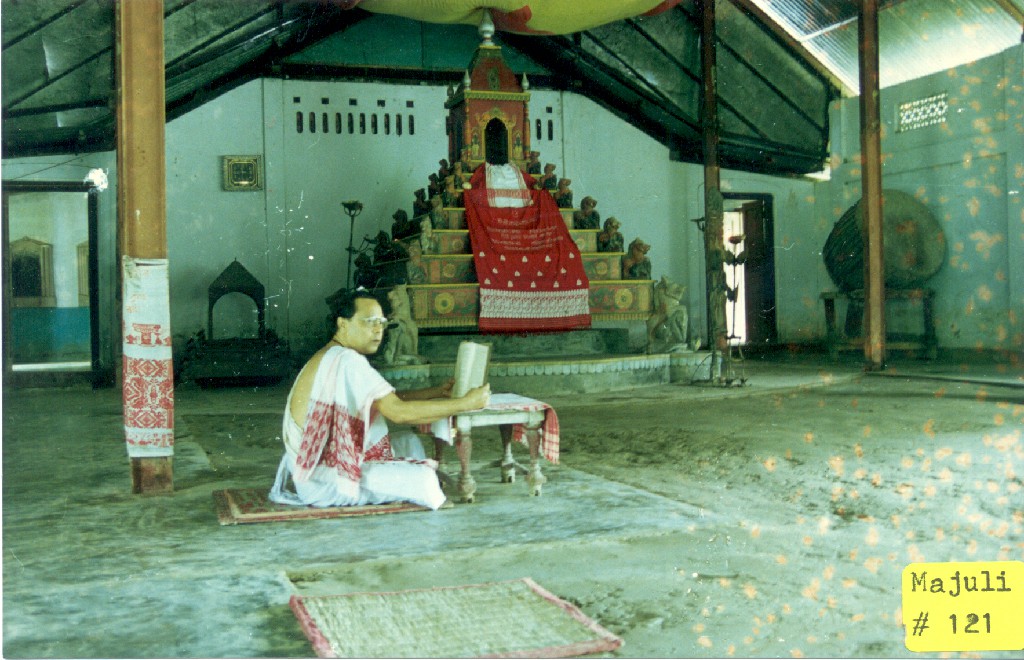Dr.Meghali Goswami
If art becomes a specialized vocation, the urge to deny tradition in viewing art as a totality becomes strong and often leads to a narrow-minded representation of life in a creative medium. The urge to express, communicate, and share something beautiful, gave birth to visual arts. In this process, the living progressive impulse to the timeless universal gets a coherent shape in creative designs. Indian folk art goes back to many a mile and centuries. It has seen sufficient transformations since its inception, which has been many centuries ago. It has evolved with time, but has always been an integral part of the rich Indian heritage. It has constantly been a part and parcel of the societal transformations that have taken place. They include paintings, which are an integral part of the tribal tradition and have often mirrored the lifestyle and traditions of the era. They are replete with the depictions of fairs, festivals, gods & goddesses, the bonding and social dynamics that was prevalent in those times. These also depict the daily village life, customs, rituals, birds, animals, and the elements of nature and earth.
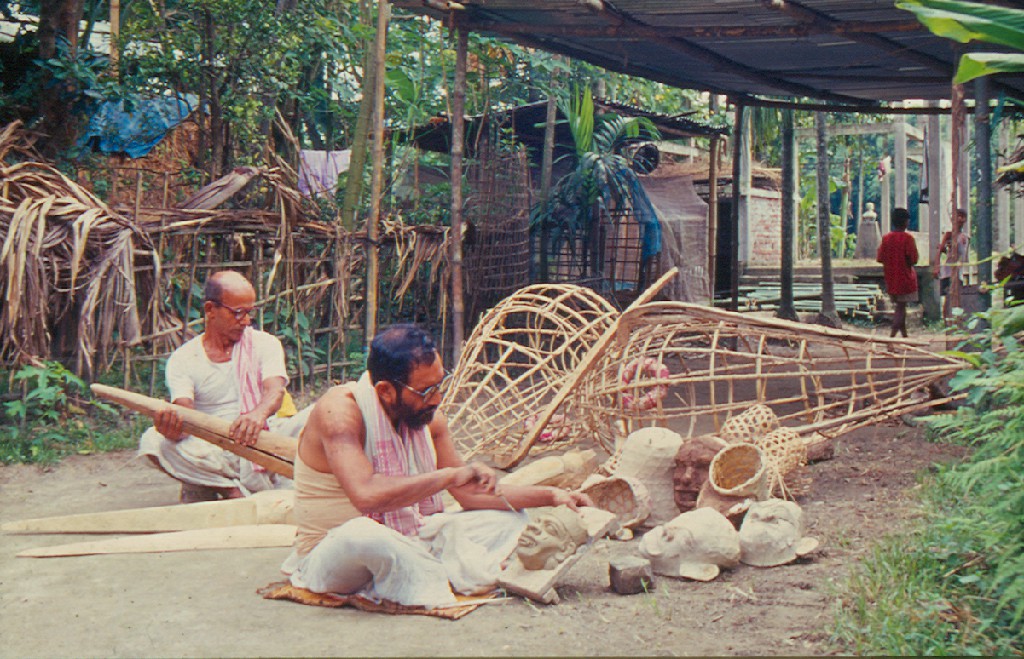
The State Assam is well known for its folk and tribal forms of art and which are very much alive till today. There are two aspects of the purpose of folk art; first, it is basically for socio religious purpose, and secondly, folk art serves as a form of social protest against injustice, exploitation and oppression. Traditional paintings and wood carving of Assam is the reflection of the socio cultural picture. The tradition of painting in Assam can be traced back to several centuries in the past. The gifts presented to Hiuen Tsang and Harshavardhana by Kumar Bhaskara, the king of Kamrupa, included a number of paintings and painted objects, some done on exclusive Assam silk. Assamese literature of the medieval period abounds in references to chitrakars and patuas who were expert painters. Ahom palaces and sattras (vaisnavite monasteries) and naamghars (temples) are replete with brightly coloured paintings depicting various stories and events from history and mythology. Woodwork is an ancient Assamese craft. Exquisite wood carvings are seen mostly on doors, walls, beams, ceilings and the splendid carved sinhasans used in prayer houses. Decorative panels in the royal Ahom palaces of the past and the 600-year old sattras or vaisnavite monasteries are intricately carved in wood. A special class of people who excelled in wood carving came to be known as the Khanikar. The painted woodwork of Golaghat is a folk art. Modern-day khanikars (craftsman) have taken to producing articles of commercial value, including figures of one-horned rhino and replicas of the world-famous Kamakhya temple.
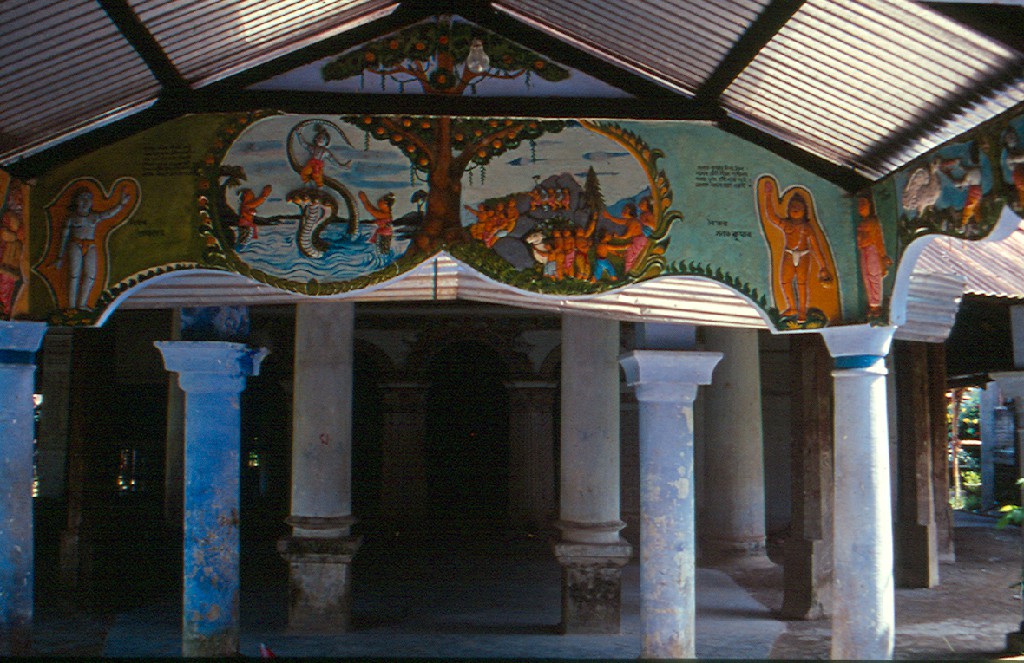
The southern part of the Assam, known as Barak Valley is also rich in the folk art traditional art practices. The main city of the valley is Silchar. The place is named after the Barak River. Like the other parts of Assam, Barak Valley also has an indigenous art, craft and architecture of its own. The folk art of the Valley is mostly connected with religious ceremonies. The Valley is rich in its folk tradition and the artesian still creates indigenous art forms which are of unique in its kind. Here, mentions must be made to some art works which are a blend of the influences of the neighboring states like West Bengal and Manipur, and the country Bangladesh. Barak valley has a rich and diverse cultural heritage. From time immemorial, the people of Barak valley have traditionally been craftsmen. Artists, sculptors, masons, weavers, spinners, potters, goldsmiths, artisans of ivory, wood, bamboo, cane have flourished in this region from ancient times. Although, the place has various forms of art but the most remarkable forms of folk art are the Alpana, Sara, pata chitra, body art, pottery, and handicrafts like the hand fan, mats and Kantha stitch.
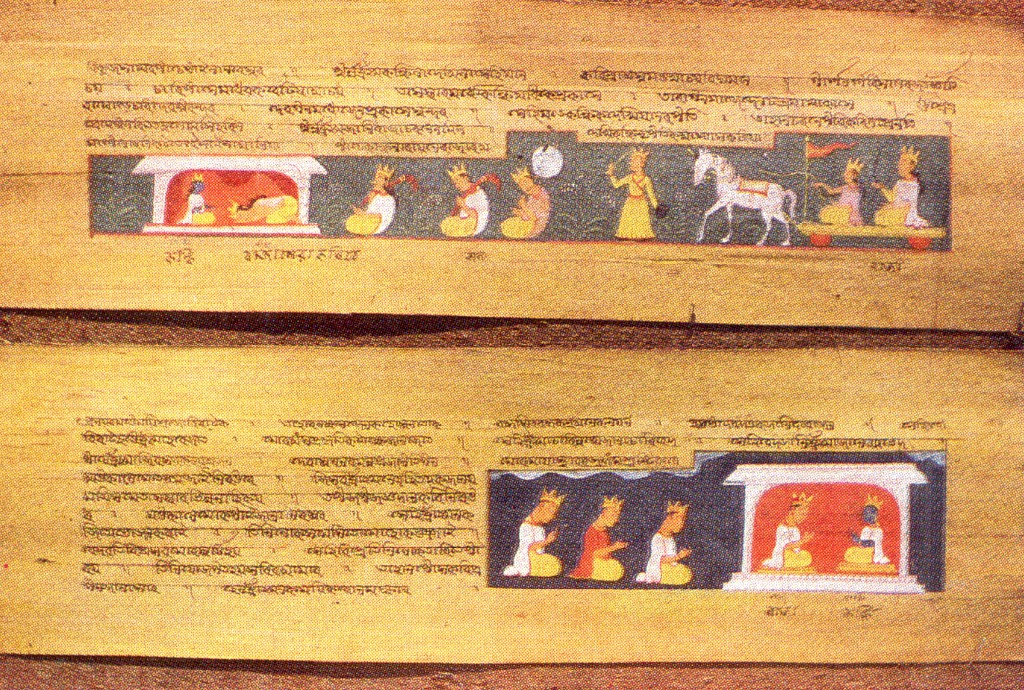
The alpanas of Barak valley is somewhat similar to that of West Bengal because of their cultural similarities and also for linguistic and anthropological affinity. The colors use for the drawings are rice paste, and they are two dimensional in character and symbolic. The decorative forms of the alpana consists of several designs all arranged harmoniously in a pattern to compose a complete form. Only during the religious ceremonies such as the Pujas, marriages and auspicious occasions they are drawn. Mostly they are done by the women folks.
Along with the other parts of India like West Bengal, Bihar, Pata Chitras were also a mean to communicate with the audience in barak Valley too. One comes across with a very fascinating and indigenous flavour of the region that was traced in the pata chitras of Barak valley. Unfortunately, this art form is almost dead. Only a few potuas still survives. The subject matters of pata chitras are of mainly two types: religious and secular. The unique style which is noted is the size of the pata chitra which is about seven to eight feet in length that differs from the traditional pata chitras of other states. The evolution and communication of such visual languages is possible because the artists and the audience share the cultural background and the same degree of familiarity with the themes, symbols, myths, and perhaps also an ethical lesson.
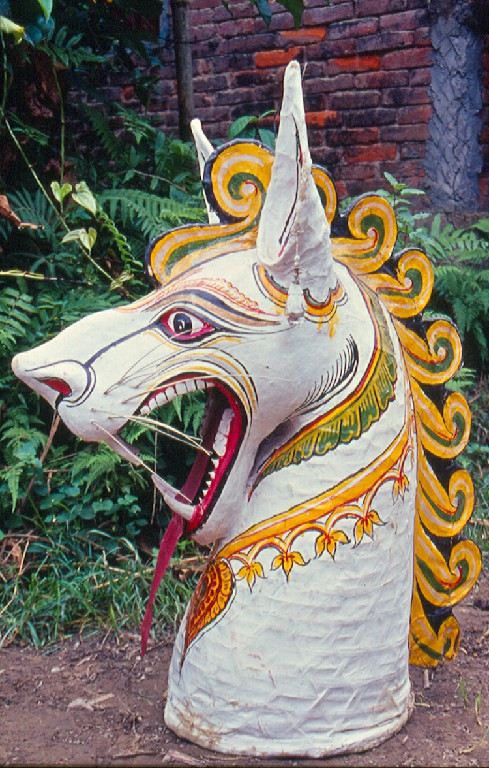
The circular discs made with clay and then painted with figures or motifs are popularly known as Sara. The purpose of using these Saras was purely for religious cause. The most popular paintings done on them are Goddess Lakshmi, Durga, and Radha Krishna and were used during Durga puja, Lakshmi Puja, and Janmasthami. Unfortunately this form of art has become rare due to the socio economic pattern.Fascinatingly, the Saras are painted by the male member of the community assisted by the women folks. One important character is that the paintings were similar to the style of the pata chitras. Line played a very important role in this form of painting.
In addition to the folk paintings another unique form of painting is the body art, which a particular community of people practices and performs during the Charak Puja. In this ritual dance only the male community does the performance, disguising themselves in Hindu female mythological characters.
Traditional uses of folk media were primarily for entertainment, social communication and persuasive communication. There have been sporadic efforts to involve folk media for conveying development messages through mass-media agencies. Even when modern media have penetrated isolated areas, the older forms maintain their validity, particularly when used to influence attitudes, instigate action and promote change. Extensive experience shown that traditional forms of communication can be effective in dispelling the superstitions, archaic perceptions and unscientific that people have inherited as part of traditions and which are difficult to modify if the benefits of change are hard to demonstrate. Along with the other part of India, Assam also has an indigenous folk art the application of this form of art can be amalgamated with the contemporary media world.

